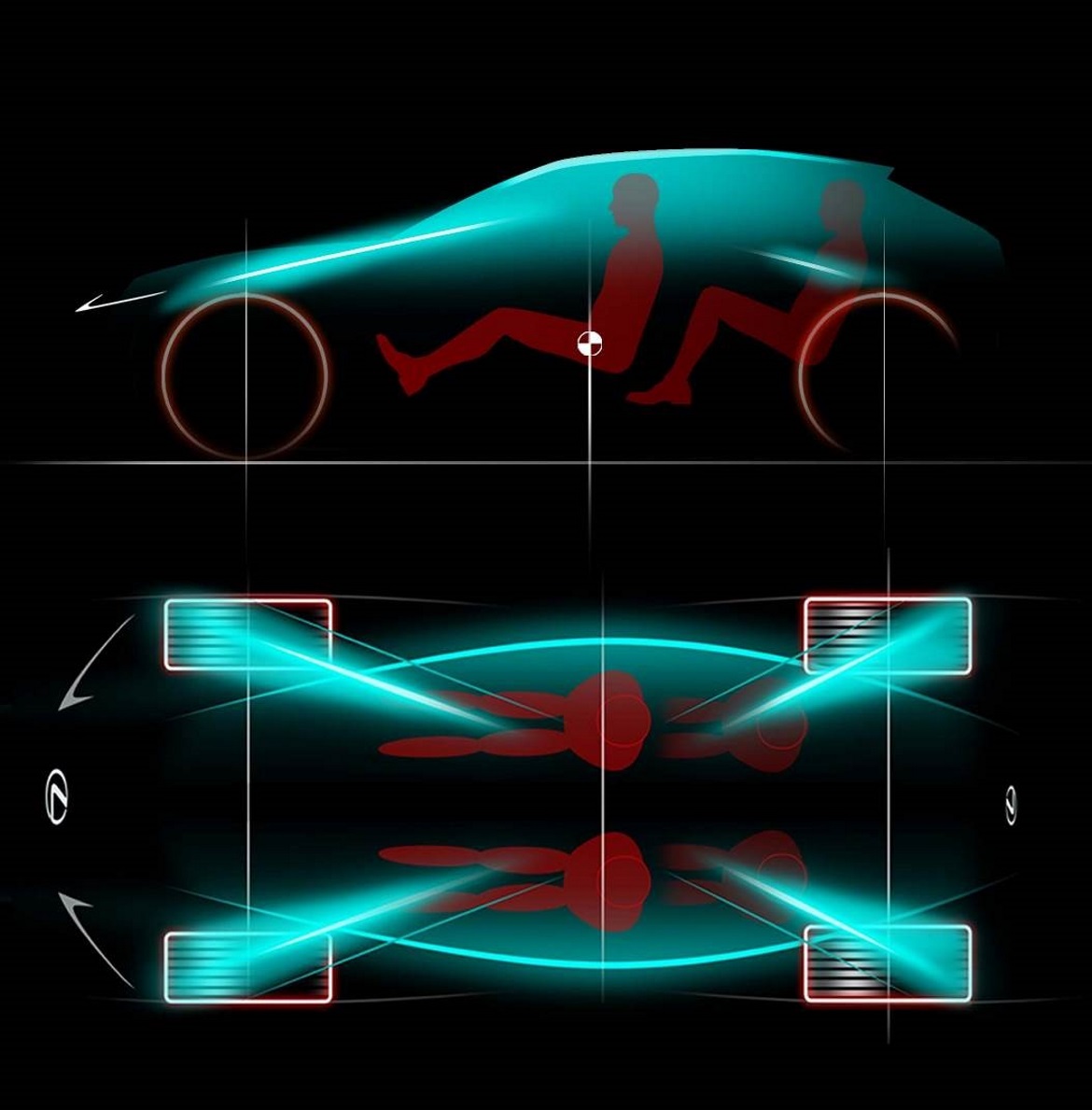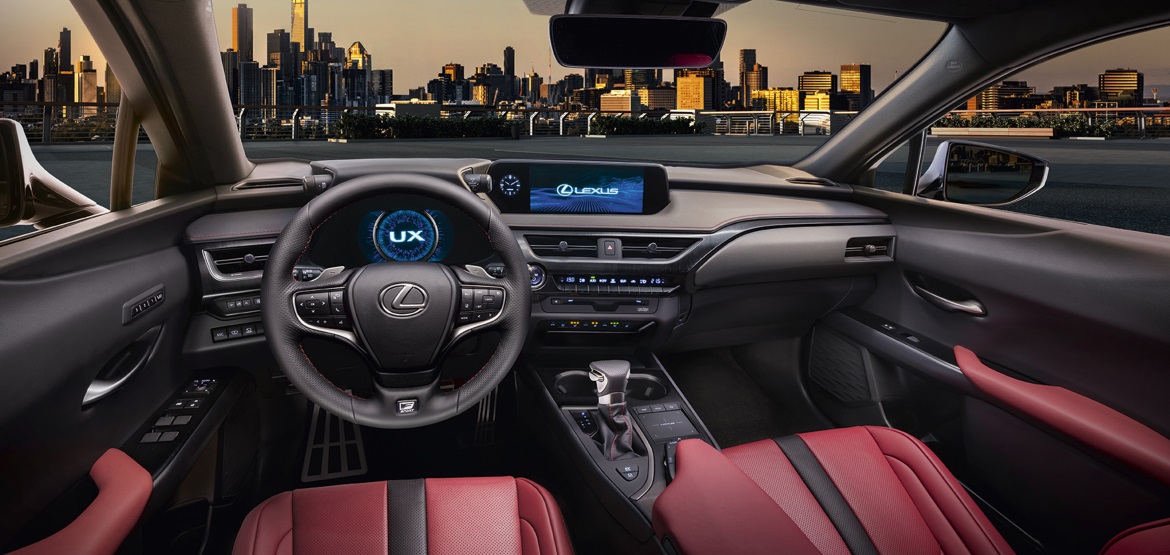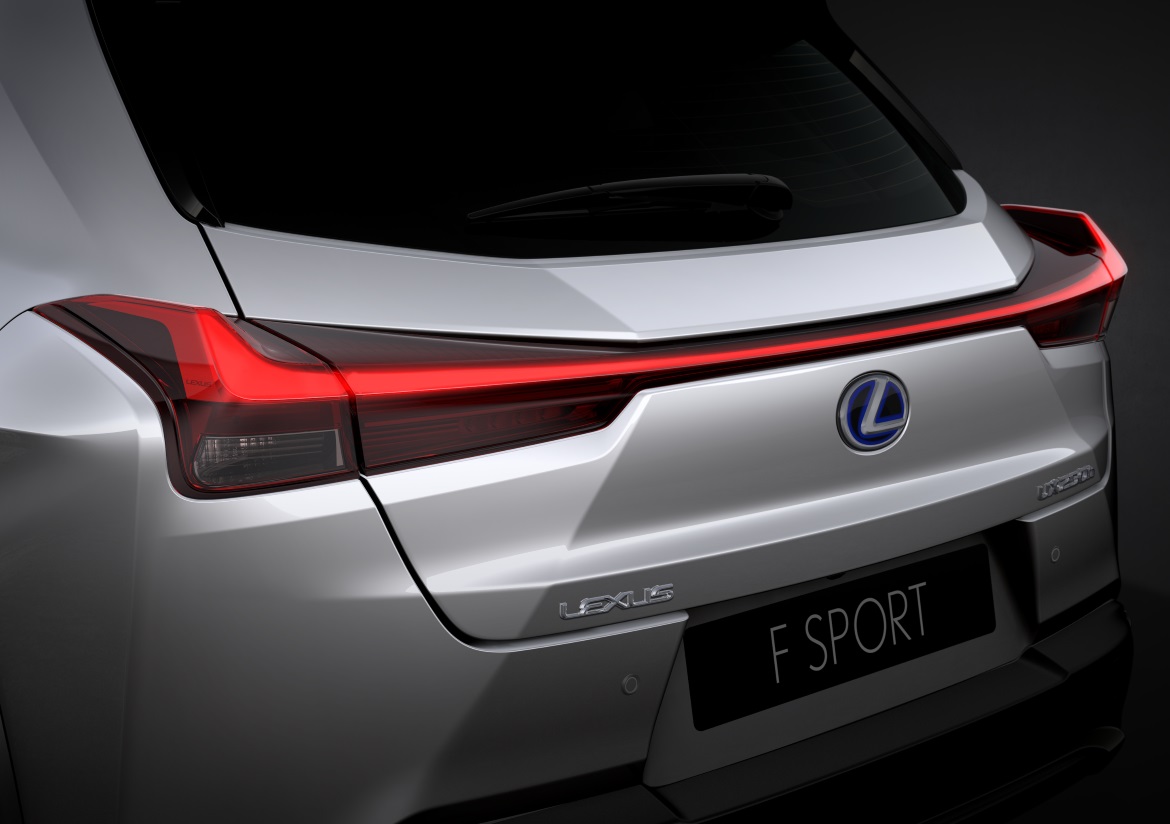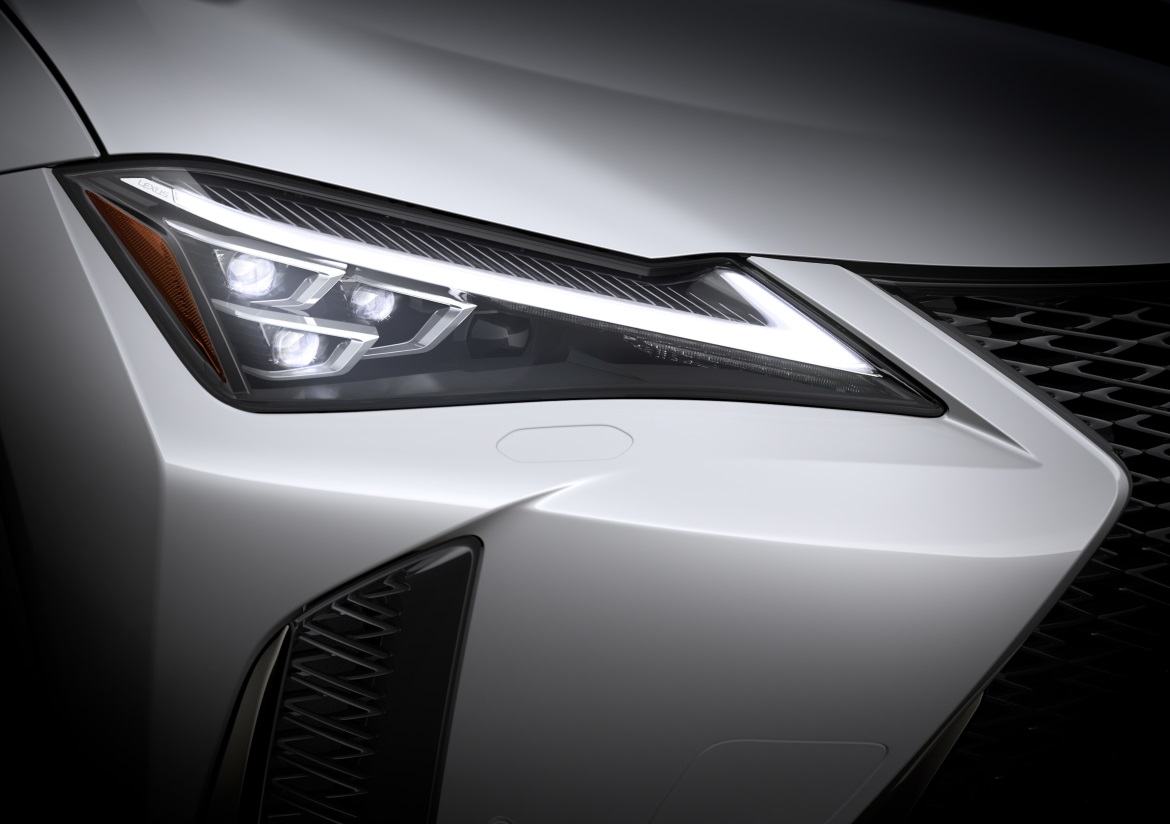The first sign that Lexus was about to enter the highly competitive compact crossover market came at the 2016 Paris Motor Show, with the launch of the UX Concept: a radical design study combining a coupé-like roofline with the muscular appearance of a rugged 4×4. The UX Concept was developed at Lexus’ ED2 design studio in the South of France: “Our brief was to create a new genre of crossover; a vehicle that would progress the ownership experience and create something really unique. We studied ideas from many sources, but the main inspiration came from the ‘Secure YET Agile’ motif,” explained Stephan Rasmussen, Exterior Designer at ED2.
Enthused by the excitement of the UX Concept, Chief Designer Tetsuo Miki and his team worked to create a road-going version of the new crossover. Guided by the three Lexus design principles of “YET philosophy”, “human-centred” and “pioneering”, they developed the “Cross-Create” design approach which lead to the following creative statements.
1. Exterior and interior
Using the idea of ‘engawa’, Lexus designers worked to smooth the boundary between the exterior and interior of the car, connecting them with near seamless continuity. This approach is most evident in the UX driver’s seat, where one really senses the extremities of the car, making it much easier to drive and manoeuvre.
2. Rugged Suv and Dynamic car
By combining distinctive features from two very different types of car — such as the rugged wheel arch mouldings of a 4×4 juxtaposed with a fin-shaped rear combination light inspired by the rear spoiler of a sports car – this unconventional mix of styles has resulted in a highly original crossover design.
3. Robust exterior and Glamorous image
Here the combination of robust exterior and intricately sculpted bodywork gives the UX its unique identity, resulting in an exterior which exemplifies the Lexus brand.
4. Stylish and Functional
Whilst wheel arch mouldings are generally installed to protect Suv bodywork from stone chips, they have a secondary function on the new UX: that of aerodynamically stabilizing the car. The same is true of the rear combination light and 17” alloy wheels, which both perform an aerodynamic function.
5. Driver-oriented and Relaxing for passengers
Inside, the designers created a “driver-oriented” cockpit, while at the same time using central ornamentation to achieve a smooth connection between the driver and passenger areas.














